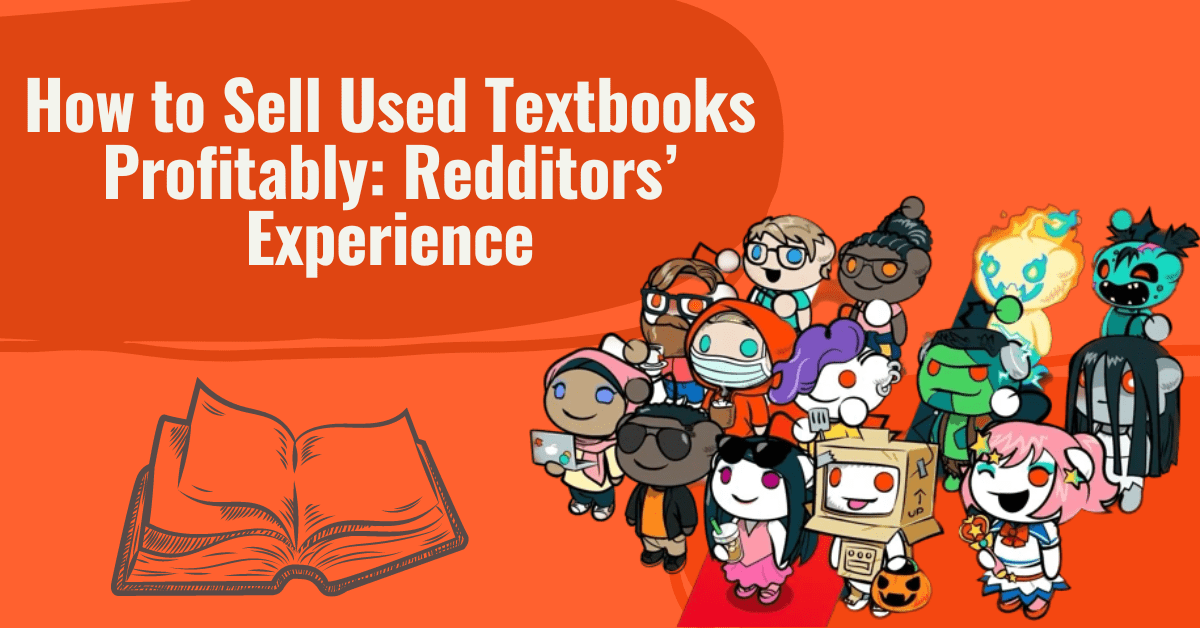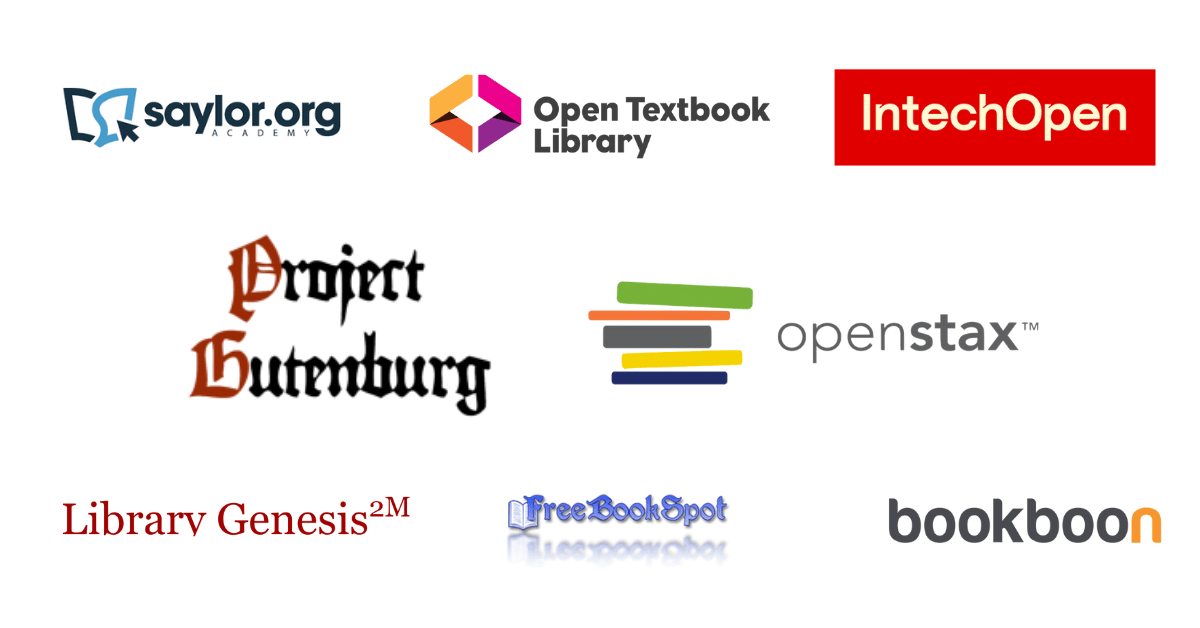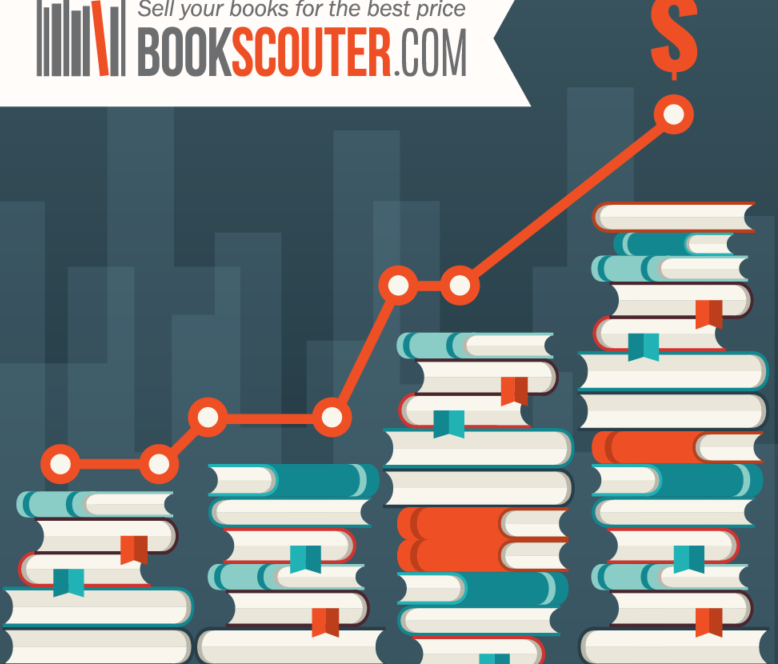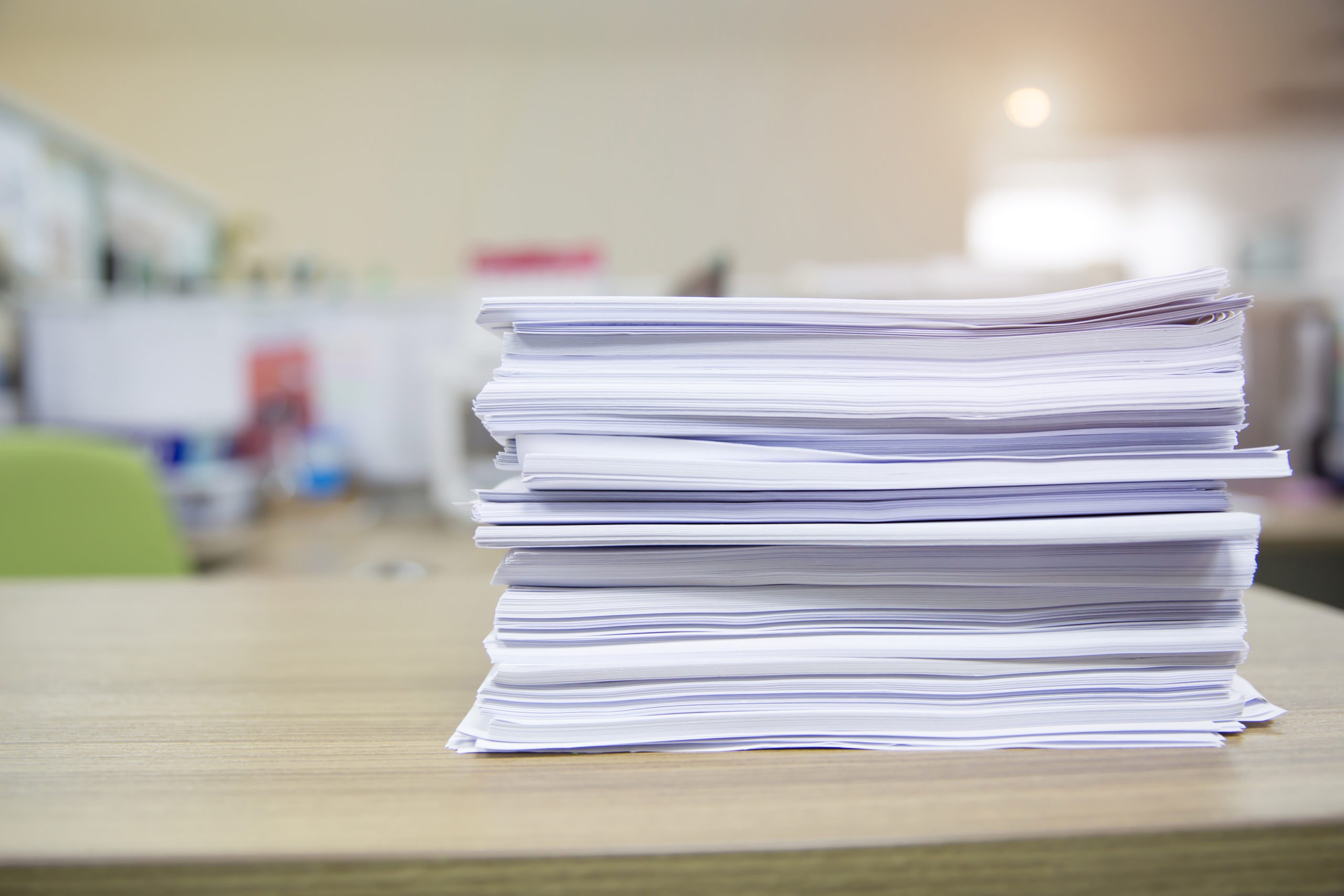
In the publishing industry, each book is given a unique identifier called the ISBN (International Standard Book Number). This code acts as a digital fingerprint, simplifying cataloging, distribution, and sales tracking. The ISBN system assigns meaning to the numbers, providing a range of information about the book.
As the publishing industry progresses, so does the ISBN system. It has transitioned from a 10-digit to a 13-digit format and now includes a 979 prefix to accommodate the diverse range of published materials. This blog post will explore what an ISBN is, how it came about, and its role in simplifying the complex world of books and publications.








